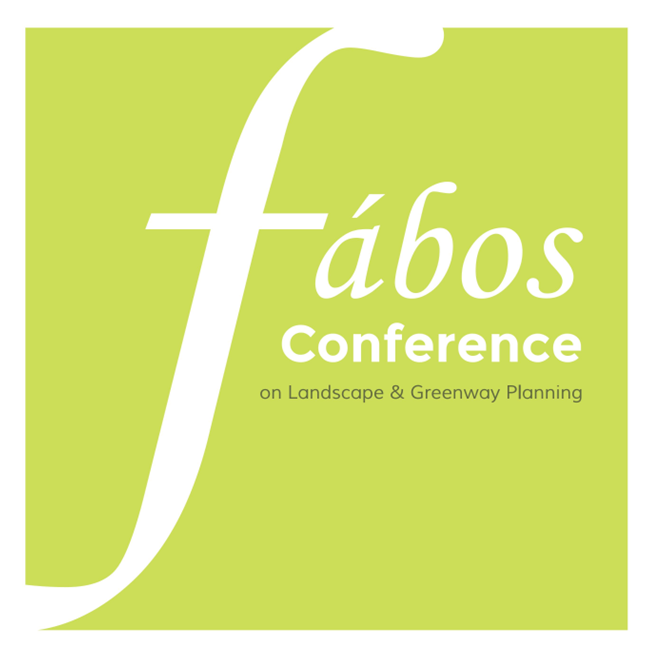The Role of Landscape in Achieving Water Sensitive Cities: The Importance and Potential of Landscape Architecture in Influencing Change Towards Sustainable Water Use in Australia’s Urban Environments
- Josephine Neldner (University of Western Australia, Faculty of Architecture, Landscape and Visual Arts)
Abstract
This paper discusses research related to generating water sensitive cities in Australia, using Perth, Western Australia, as a site for testing potential applications of landscape architectural design research to do so. The concept of water sensitive cities has newly emerged and its full ramifications have yet to be explored. There is a need particularly to better engage with how cities are designed in order to readdress the relationships to water within them, with a view to realigning them as water sensitive. The research discussed in this paper has been conducted as part of a Doctorate of Philosophy at the University of Western Australia that has yet to be completed.
The idea of a ‘water sensitive city’ is now seen as the ultimate goal of water sensitive urban design. Without addressing the entirety of urban water systems, it is questionable that the change required to realise a water sensitive city is achievable. There needs to be exploration into what it means for an urban environment and its inhabitants to be ‘water sensitive.’ This paper discusses how this might be done through design based research in landscape architecture. It outlines the research findings to date generated through a critical enquiry study, which identified the key issues that are proposed as the focus for a responding design phase.
Keywords: greenways, landscape, water, sensitive, landscape architecture, australia, environment
How to Cite:
Neldner, J., (2013) “The Role of Landscape in Achieving Water Sensitive Cities: The Importance and Potential of Landscape Architecture in Influencing Change Towards Sustainable Water Use in Australia’s Urban Environments”, Fábos Conference on Landscape and Greenway Planning 4(1). doi: https://doi.org/10.7275/fabos.725
Downloads:
Download PDF
288 Views
164 Downloads
